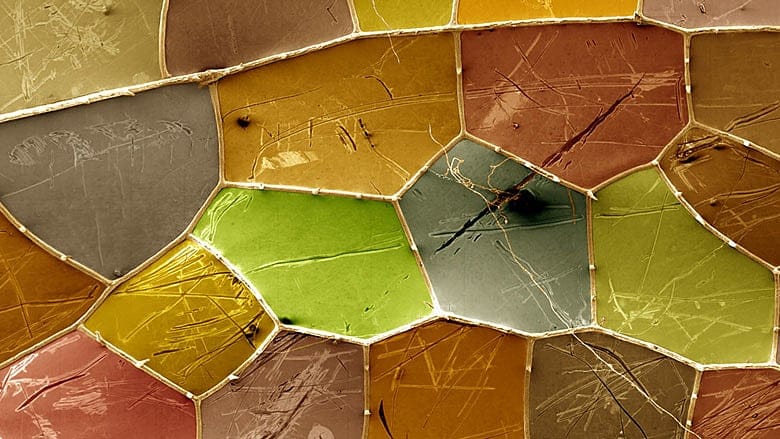Macro or Micro? Museum of Science exhibit invites wonder at the world beyond our vision

The Museum of Science's new exhibit, Macro or Micro? Challenging our Perceptions of Scale, invites us to contemplate images on a mind-blowing scale, whether extremely magnified or taken from outer space. The title refers to the exhibit's family-friendly visitor challenge to try and distinguish whether a series of juxtaposed images was taken on a macro or micro scale.

